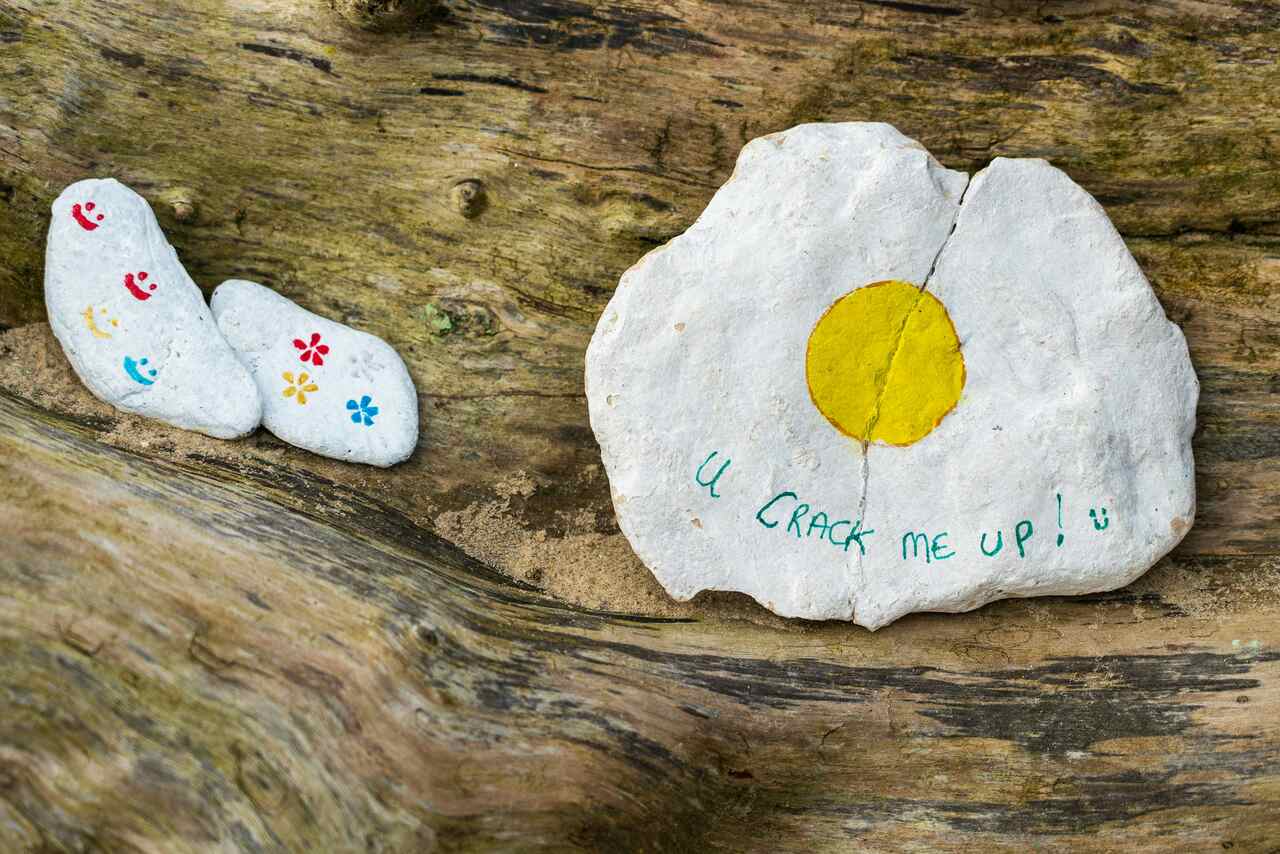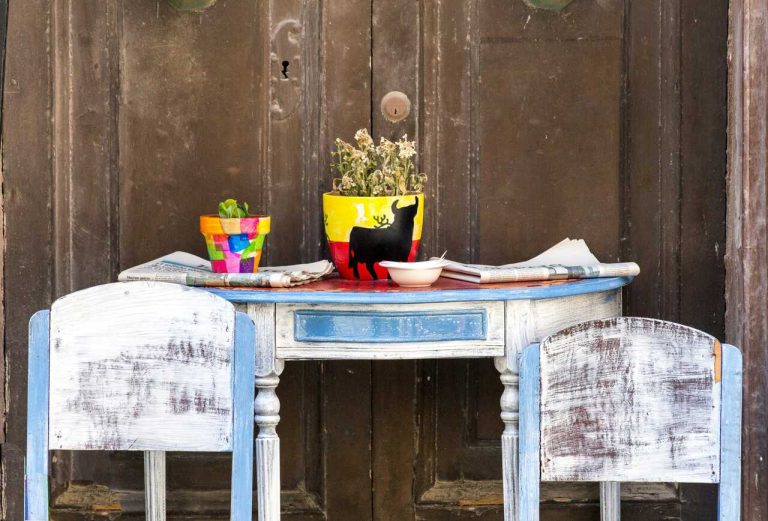
Spanish Double Entendres Examples
DATE:
Did you know that Spanish is filled with playful phrases that can make any conversation more interesting? Spanish double entendres, or doble sentido, are a prime example of this linguistic charm. These clever expressions offer two meanings: one straightforward and the other often humorous or risqué.
They add depth and wit to the language, making it entertaining and challenging to master. Understanding and using these phrases enhances your Spanish skills and gives you a glimpse into the cultural nuances and humor of Spanish-speaking communities. Let’s dive into the fascinating world of Spanish double entendres and discover how they can enrich your language-learning journey.
What are Double Entendres?
Double entendres are phrases or expressions that have two meanings: one that is straightforward and another that is often more risqué or humorous. These linguistic devices rely on linguistic ambiguity, where the double meaning can be understood in different ways depending on the context.
Definition and Examples
A double entendre in Spanish can be something as simple as a phrase with a harmless literal meaning and a more suggestive secondary meaning. For instance, “estar en pelotas” literally means “to be in balls,” which can be confusing to a learner. However, it’s a playful way to say someone is naked.
Common Spanish Double Entendres: From Everyday Conversations to Popular Culture
Spanish is a vibrant language, rich with double entendres that spice up everyday conversations and permeate popular culture. These clever expressions are not only entertaining but also offer insight into the playful side of Spanish-speaking cultures.
Phrases Related to Food
Food-related phrases are a staple in Spanish double entendres. These expressions often carry innocent surface meanings with a humorous or suggestive undertone:
- “Estar como un queso” – Literally “to be like a cheese,” meaning someone is very attractive. In a conversation, saying someone is “como un queso” is a playful way to compliment their good looks.
- “Dar calabazas” – Literally “to give pumpkins,” meaning to reject someone romantically. If someone “te da calabazas,” it means they’ve turned down your romantic advances.
- “Meter la pata” – Literally “to put the paw in,” meaning to make a blunder. While not risqué, it’s a fun way to say someone has messed up, with the image of stepping into something unpleasant.
Phrases Related to Relationships
Double entendres about relationships are common and often highlight the complexities of love and attraction in a humorous way:
- “Estar colado” – Literally “to be strained,” meaning to have a crush on someone. If you’re “colado” for someone, you’re head over heels for them.
- “Echar una cana al aire” – Literally “to throw a white hair in the air,” meaning to have an affair or a fling. This phrase captures the idea of indulging in a spontaneous romantic adventure.
- “Pasar la noche en blanco” – Literally “to spend the night in white,” meaning to have a sleepless night, often due to romantic or emotional reasons.
Phrases from Movies and Songs
Pop culture in the Spanish-speaking world is filled with examples of double entendres that add layers of meaning to songs and movies:
- In the song “La Cintura” by Álvaro Soler, the word “cintura” (waist) plays on the dual meaning of physical attraction and dancing skills. The lyrics use the word to flirtatiously highlight both the movement of the dance and the allure of the dancer.
- Movies like “El Crimen Perfecto” (The Perfect Crime) often use double entendres to add depth to the dialogue. For instance, a seemingly innocent conversation about business might be laced with underlying meanings related to crime or romance.
“La Bamba” – In this classic song, the line “para bailar La Bamba, se necesita una poca de gracia” (to dance the Bamba, you need a little grace) can be seen as a playful nudge towards both dancing skills and a charming personality.

The Art of Subtlety: Understanding the Nuances of Spanish Double Meanings
Grasping the nuances of double entendres in Spanish requires an understanding of context, tone, and nonverbal cues.
Context and Tone of Voice
The context in which a phrase is used can significantly alter its meaning. For example, “estar en las nubes” can simply mean “to be daydreaming,” but in a romantic context, it might imply someone is infatuated.
Nonverbal Cues
Nonverbal cues such as facial expressions, gestures, and tone of voice can also help convey the double meaning. A wink or a playful tone can transform an innocent phrase into something much more suggestive.
Cultural Considerations: Using Double Entendres Appropriately
Understanding cultural norms and boundaries is crucial when using double entendres to avoid misunderstandings or offense.
Respecting Boundaries
Different Spanish-speaking cultures have varying levels of tolerance for risqué humor. What might be funny in Spain could be seen as inappropriate in a more conservative country.
Avoiding Offense
It’s essential to gauge the comfort level of your audience before using double entendres. In professional or unfamiliar settings, it’s best to avoid phrases that could be misinterpreted.
Mastering Spanish Humor: Beyond Double Entendres
To fully appreciate and master Spanish humor, one needs to explore beyond double entendres to other forms of wordplay.
Irony and Sarcasm
Irony and sarcasm are prevalent in Spanish humor. For example, saying “¡Qué listo eres!” (How clever you are!) in a sarcastic tone can imply the opposite.
Puns and Wordplay
Puns, or juegos de palabras, are another favorite. For instance, “Me voy a ir a las Bahamas” can sound like “Me voy a ir a lavar más” (I’m going to go wash more), creating a humorous confusion.
DID YOU KNOW…?
Spanish writers like Gabriel García Márquez and comedians like Eugenio Derbez are famous for their use of double entendres, adding depth and humor to their works.

Exploring the Fun and Complexity of Spanish Double Entendres
Double entendres add a delightful layer of complexity to the Spanish language, making it more colorful and expressive. Whether you’re enjoying funny Spanish phrases, engaging in Spanish slang, or appreciating the intricacies of Spanish idioms, understanding double entendres will enhance your communication skills and cultural appreciation.
For those eager to dive deeper into the world of Spanish humor and double meanings, SpanishVIP offers the perfect opportunity. Start with a free 1:1 class or enjoy a free 7-day trial of our group classes, and discover the richness of Spanish wordplay with the guidance of our dedicated teachers and support from our Student Success Advisors.








